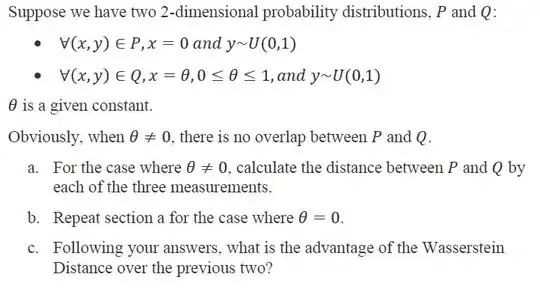You have reported that you have transaction data . Since you don't have observations every day, you will need to aggregate/bucket your data to a time series i.e. some level of accumulation ...where non-zero observations are present. An example might be weekly or monthly buckets or even quarterly buckets.
Buying patterns are seldomly weekly-based with resultant calendar complications when we have 53 weeks in the year and more frequently are monthly based. Post one of your example time series and I will try and help further.
If you have price history and possibly price expectations that might be useful in developing useful forecasts from a useful model.
EDITED AFTER RECEIPT OF DATA :
Classic time series analysis deals with analyzing data that is bucketed with respect to time be it daily , weekly , monthly , quarterly or annularly. Model identification is accomplished by examining autoregression coefficients both unconditional and conditional aka. ACF and PACF.
There is a requirement that the data set be complete sometimes filled in with a few missing points. You don't have enough data points and your data is not a "fixed time interval" but reflects daily transactions ( bucketted over daily activity)
The standard acceptable solution is to employ Intermittent Demand Models where the rate of demand is predicted form the # of time periods between points of demand. The rich history can be pursued here on SE https://stats.stackexchange.com/search?tab=newest&q=INTERMITTENT%20DEMAND summarizes recent material on this subject/approach.
In that spirit I took your 13 days of demand and formed the following data matrix 
I formed a regression model between demand and interval while dealing with two unusual data points reflecting anomalous values. 
The Actual.Fit and Forecast graph is here suggesting that 3 bottles if wine are the expecation per day.
suggesting that 3 bottles if wine are the expecation per day.
It would be interesting to me to see this data set analyzed in other ways as has been reflected by the comments section and then we might do some meaningful comparison.
This kind of problem arises naturally in predicting when and how many gallons of gas will be acquired for the family auto.


